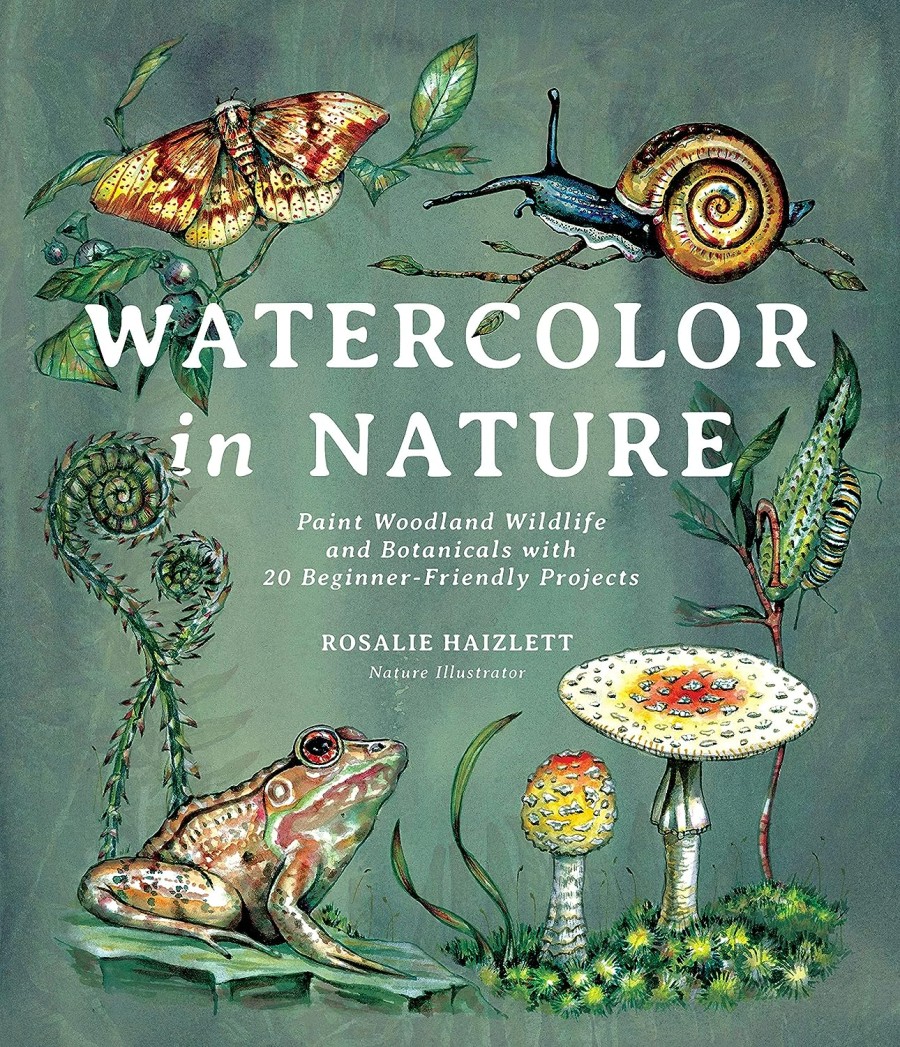
Most moths are harmless. Those big orange ‘hairy’ caterpillars’ you see everywhere for a few weeks transform into moths and fly away. Leave windows ajar in spring for moths and butterflies to escape from homes.
Moths tend to navigate by the moon. That’s why modern lampposts and light pollution (like car parks and neon lights) cause them to get lost and mess up ecosystems. Read more on how light pollution affects wildlife and birds.
It doesn’t take a genius to know that the best ways to help moths are to garden organically and restore natural habitats and meadows. Many ‘wildlife-attracting flowers’ (marjoram, wallflowers, lavender and fallen fruit due to natural cyanide) are toxic to pets, so use pet-safe flowers (and don’t send ‘plantable cards’ to homes with pets). Read how to make your garden safe for pets (avoid facing indoor foliage to gardens, to help stop birds flying into windows).
how to prevent mothballs, naturally
The only moths likely to cause issues are clothes moths (two species that eat animal fibres like wool, feather and fur). So if you only wear cotton, hemp or linen clothes, your wardrobes won’t get mothballs. To reduce risk, deep-clean and vacuum places with stored clothes (in sealed vacuum bags). If used for prevention, keep red cedar balls away from pets and children.
keep away from oak processionary moths
These accidentally came to England from mainland Europe, and have a protein that can cause allergic reactions and breathing difficulties. Keep humans and pets away from grey/white caterpillars (which can detach hairs in spent nests and on the ground) and contact a doctor/vet if in contact. Cordon off infested oak trees from livestock and horses (oak/yew trees are toxic to horses). Mostly found in the London area in spring/summer, report any you see to your council and Treealert.
The Magnificent Book of Butterflies & Moths meets 36 butterflies and moths in this beautifully illustrated reference book. From flower-filled meadows and dusky woodlands to steamy rainforests, learn about the delicate glasswing butterfly and the mighty Hercules moth. Spot the orange oakleaf butterfly as it folds up its wings (to look like an autumn leaf) and marvel at prickly spines of the tiger moth (woolly bear) caterpillar. Includes maps of where each species is found.
how to help an injured butterfly or moth
All the wildlife experts say the same – just leave it alone, to let nature take its course. It’s hard to watch but butterflies don’t live long, and you can’t ‘fix wings’ as these tiny scales are underneath and just brushing the wing will remove them, never to grow back (which are needed to deter predators). Oils alone from your hand could weigh a butterfly down, so it can’t fly.






